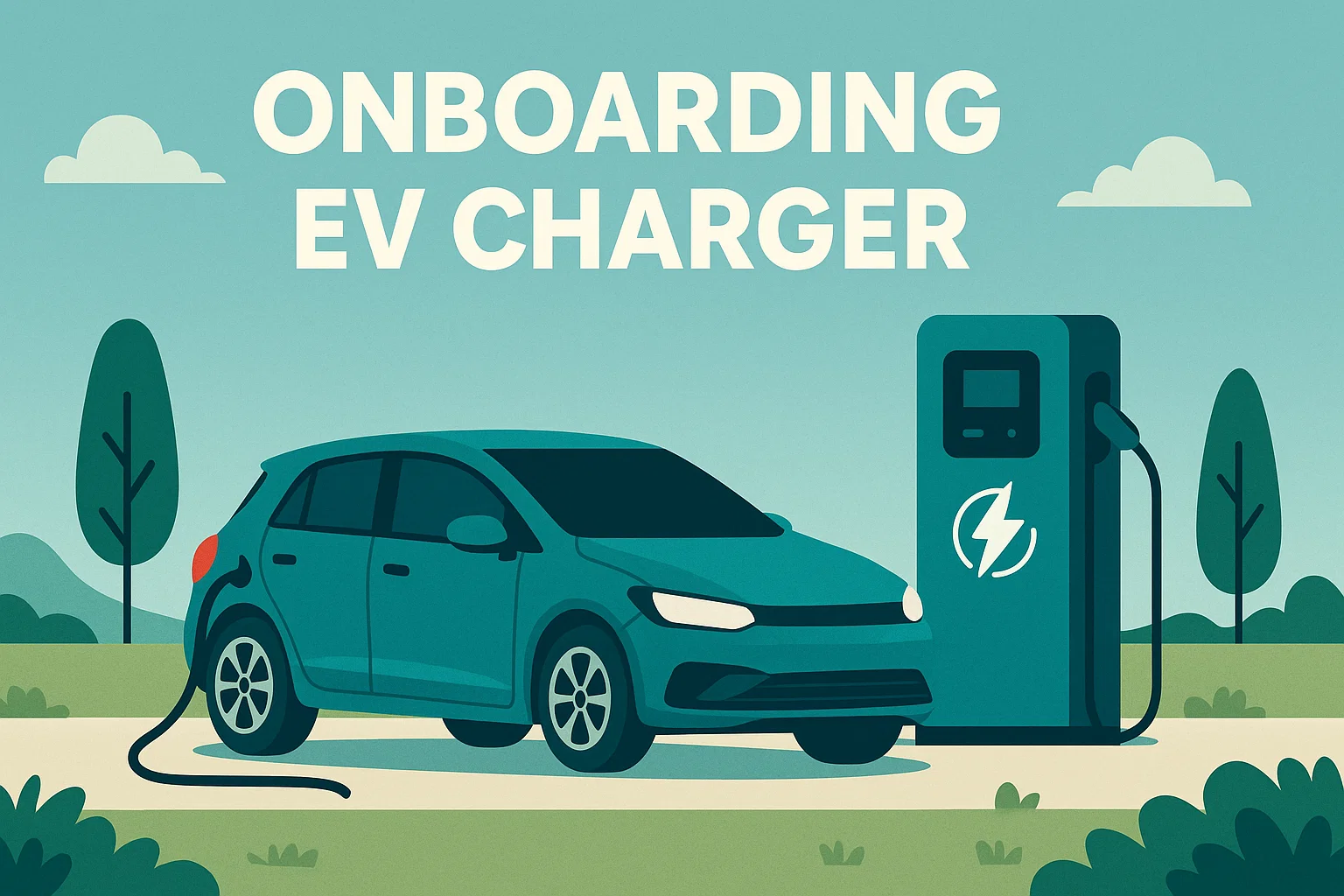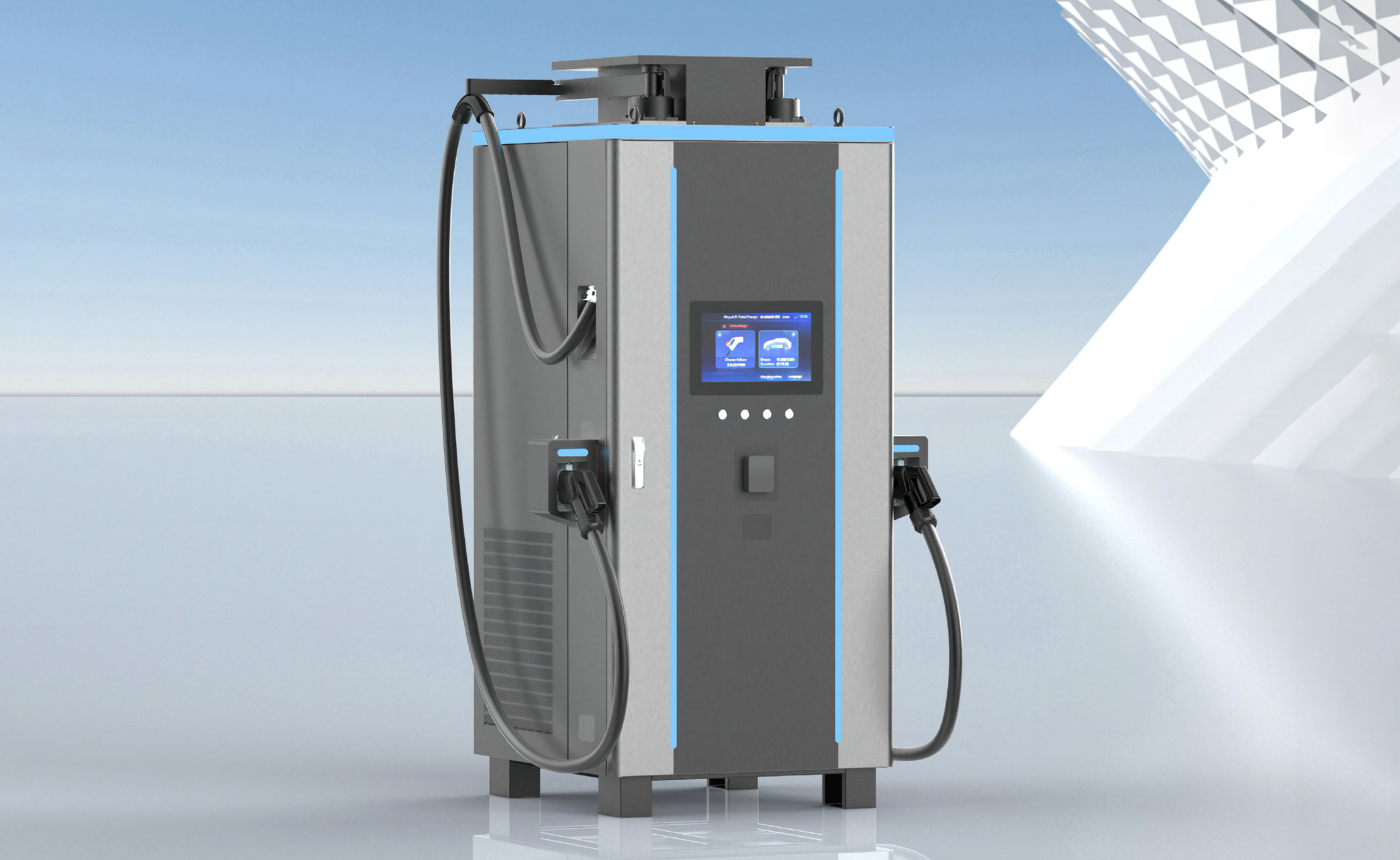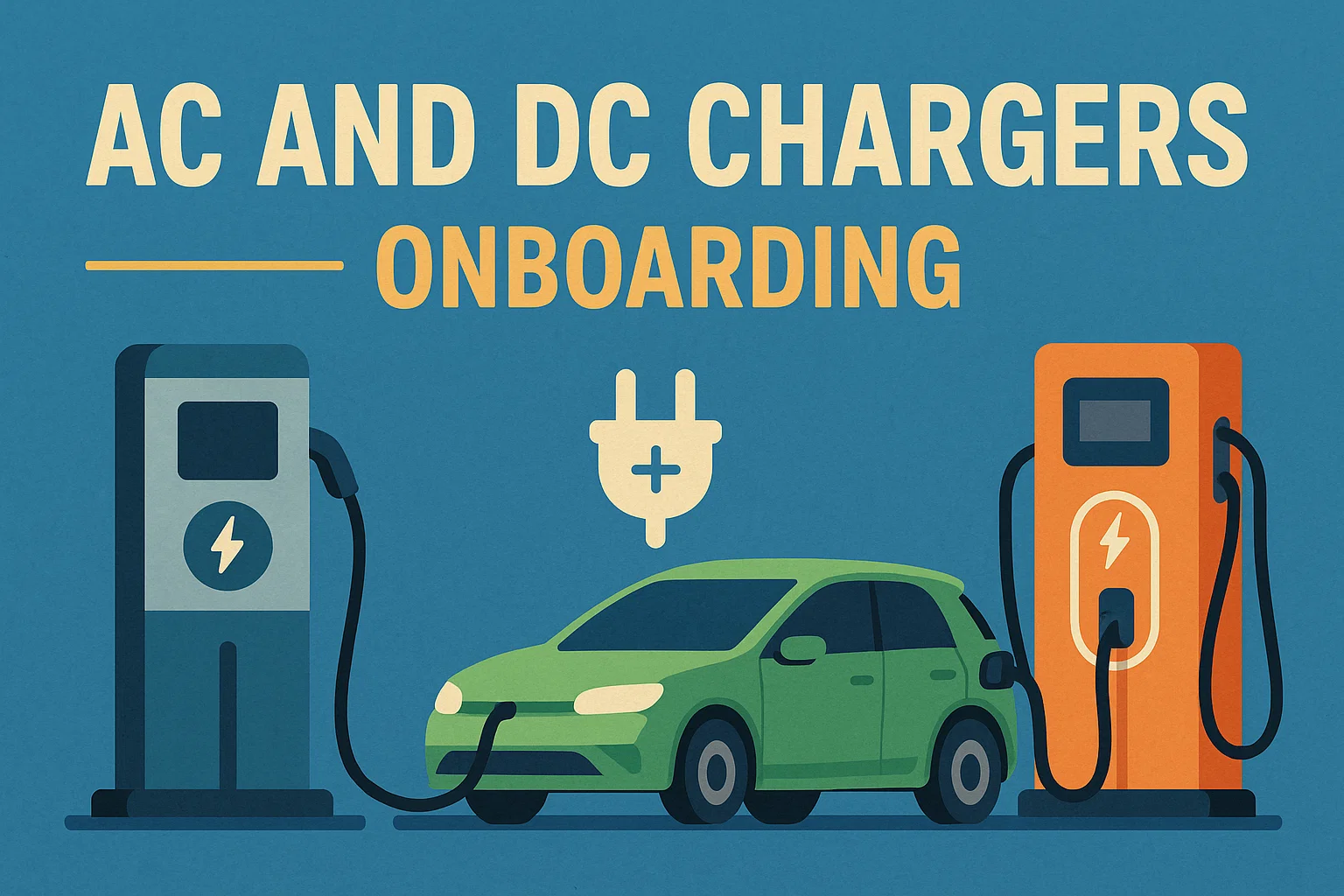As electric vehicles (EVs) continue to grow in popularity, more drivers and businesses are asking: Is AC charging better, or is DC charging better? Understanding the differences between AC and DC charging — and how onboard chargers work — is key to making the right decisions for your EV, your home, or your charging network. In this blog, we'll explore: How AC and DC charging actually work What onboard chargers do Typical onboard charger power levels for today's EVs Which charging method is better depending on your needs Efficiency differences between AC and DC charging Let's dive in!
How Does EV Charging Work: AC vs DC Basics
Electricity comes in two forms: AC (Alternating Current) - This is the type of power that comes from your wall socket at home. DC (Direct Current) - This is the type of power stored in your EV's battery. Key difference: EV batteries can only store DC power. When you plug into an AC charger (like a home charger), your car's onboard charger has to convert AC into DC before it charges the battery. When you plug into a DC fast charger, the charger does the conversion itself, and sends DC directly into the battery, bypassing the car's onboard charger.
Which is Better: AC or DC Charging?
It depends on your use case: AC Charging Pros: Cheaper installation (especially for home charging) Less stress on the EV battery (slower = healthier long term) Ideal for overnight or workplace charging DC Charging Pros: Much faster (perfect for road trips or fleets) Bypasses onboard charger limits (you get the full power the battery can accept) Enables high-speed energy top-ups Downsides: DC fast chargers are much more expensive to install and maintain. Frequent DC fast charging can accelerate battery aging over years (depending on vehicle and conditions).
What is an EV Onboard Charger?
The onboard charger is a device built inside every EV. It controls how much AC power is accepted, converts it into DC, and manages the battery charging process. Important: The speed of AC charging is limited by the capacity of your onboard charger — not just the wallbox power! For example: If you connect to a 22kW AC wall charger but your car's onboard charger is only 7kW, you will still only charge at 7kW.

| Car Type | Common AC Charging Power (Onboard Charger) |
|---|---|
| Most Affordable EVs | 6.6 kW - 7.2 kW |
| Mid-Range EVs | 11 kW |
| Luxury / Premium EVs | 22 kW |
| Plug-in Hybrids (PHEV) | 3.3 kW - 7.2 kW |
Key Trends in AC and DC Charging
AC home charging (7kW - 11kW) remains the most common method for everyday drivers worldwide. DC fast charging networks (like Tesla Superchargers, Ionity, Electrify America) are expanding rapidly, but mainly focused on highways and fleets. New EVs are starting to support higher DC charging speeds, like 150kw - 350kW, but onboard AC chargers are still usually limited to 11 - 22kW. Battery technologies (solid-state, lithium-ion phosphate) and vehicle cooling systems are improving to handle faster DC charging without battery damage.
Conclusion
Both AC and DC charging are critical parts of building a strong EV ecosystem. AC charging is perfect for daily use, offering affordability and convenience. DC charging brings the speed needed for road trips, fleets, and busy cities. Understanding your EV's onboard charger size, your daily driving habits, and your future needs will help you pick the right balance. At the end of the day, a healthy mix of AC for regular use and DC for occasional fast charging offers the best balance for battery longevity, cost efficiency, and flexibility. The EV revolution is just getting started — and whether it's AC or DC, your journey is fully electric!
Interested in learning more about the future of EV charging?
Check out our comprehensive guides and join the GreenSeed Power community to stay ahead of the curve. Contact us to discuss how our solutions can help your business transition to sustainable energy.

CPO | Software
The Future of Electric Vehicle Charging

General | Software
OCPP 1.6J Explained: How It Compares to OCPP 2.0.1 and 2.1

User | Hardware
AC vs DC Charging Explained: What You Need to Know About EV Onboard Chargers

